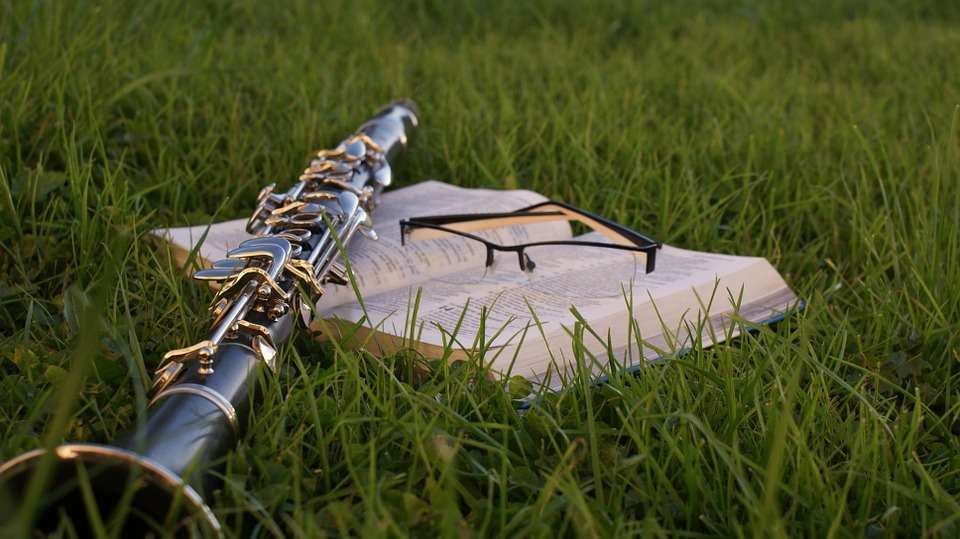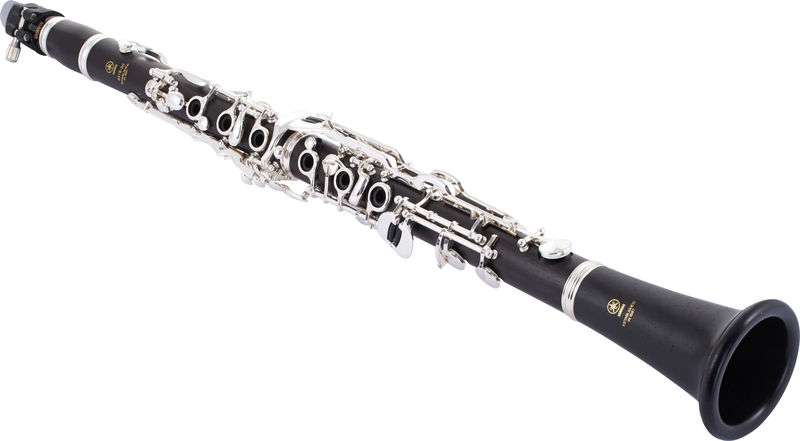
Clarinet, Getting Started – Part 1
The magic of sound
The clarinet undoubtedly belongs to this group of instruments characterized by an unusual, even magical sound. Of course, there are many factors involved in achieving this final spectacular effect. First of all, the main role is played by the musical and technical skills of the instrumentalist himself and the instrument on which the musician performs a given piece. It is logical that the better the instrument is made of better materials, the better chance we have of achieving a great sound. However, let’s remember that no one of the most magnificent and expensive clarinets will sound good when it is placed in the hands and mouth of an average instrumentalist.
Structure of the clarinet and its assembly
Regardless of which instrument we start learning to play, it is always worth getting to know its structure at least to a basic degree. Thus, the clarinet consists of five main parts: the mouthpiece, barrel, body: upper and lower, and the voice cup. The most important part of the clarinet is of course the mouthpieces with a reed, on which talented clarinetists on the same element are able to play a simple melody.
We connect the mouthpiece with the barrel and thanks to this connection our high sound of the mouthpiece is lowered. Then we add the first and second corps and finally put on the vocal cup and on such a complete instrument we can try to extract the beautiful, magical and noble sound of the clarinet.
Extraction of sound from the clarinet
Before starting the first attempts to extract the sound, you should remember three basic rules. Thanks to these principles, the chances of producing a clean, clear sound will increase significantly. Remember, however, that before we obtain this fully satisfactory result, we will have to make many attempts.
The following three basic principles of the clarinettist include:
- correct positioning of the lower lip
- gently pressing the mouthpiece with your upper teeth
- natural loose rest of the cheek muscles
The lower lip should be positioned in such a way that it wraps around the lower teeth and thus prevents the lower teeth from catching the reed. The mouthpiece is slightly inserted into the mouth, placed on the lower lip and gently pressed against the upper teeth. There is a support next to the instrument, thanks to which, with the use of the thumb, we can gently press the instrument against the upper teeth. However, at the beginning of our struggle with extracting a pure sound, I suggest making a dozen or so attempts on the mouthpiece itself. Only when we succeed in this art can we put our instrument together and move on to the next stage of education.

The biggest difficulty in playing the clarinet
Unfortunately, the clarinet is not an easy instrument. For comparison, it is much easier and faster to learn to play the saxophone. However, for ambitious and persistent people, the reward for patience and diligence can be really great and rewarding. The clarinet has amazing possibilities, which, combined with its really large scale and amazing sound, makes a great impression on the listeners. Although, of course, there are also people who, while listening to the orchestra, are not able to fully capture the qualities of the clarinet. This is, of course, due to the fact that the audience most often focuses on the whole, and not on individual elements. However, if we listen to the solo parts, they can really make a great impression.
From such a purely technical-mechanical point of view, playing the clarinet is not particularly difficult when it comes to the fingers. However, the greatest difficulty is the proper connection of our oral apparatus with the instrument. Because it is this aspect that has a decisive influence on the quality of the sound obtained.
It is also worth remembering that the clarinet is a wind instrument and even the simplest solos may not always come out as if we wanted to the end. And this is a really natural and understandable situation among artists. The clarinet is not a piano, even the tiniest unnecessary tightening of the cheeks may lead to a situation that the sound will not be exactly what we expected.
Summation
Summing up, the clarinet is an extremely demanding instrument, but also a source of great satisfaction. It is also an instrument which, from a purely commercial point of view, gives us many possibilities in the music world. We can find a place for ourselves playing in a symphony orchestra, but also in a big jazz band. And the very ability to play the clarinet allows us to easily switch to the saxophone.
In addition to the willingness to play, we will need an instrument to practice. Here, of course, we have to adjust our financial possibilities to purchase. However, it is worth investing in the best-class instrument if possible. First of all, because we will have better playing comfort. We will be able to get a better sound. When learning a good-class instrument, it is especially recommended, because if we make a mistake, we will know that it is our fault, not a shoddy instrument. Therefore, I sincerely advise against buying these cheapest budget instruments. Especially avoid those that can be found, for example, in a grocery store. These kind of instruments can only serve as a prop. This is especially important with such a demanding instrument as the saxophone.





